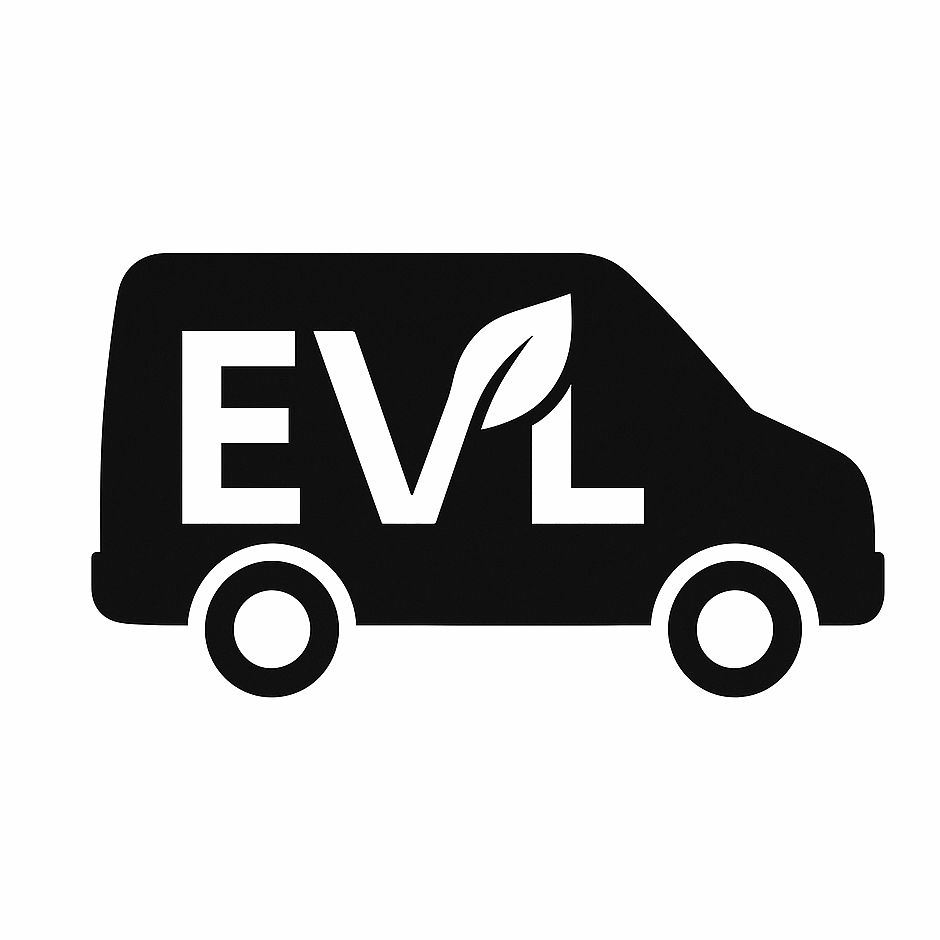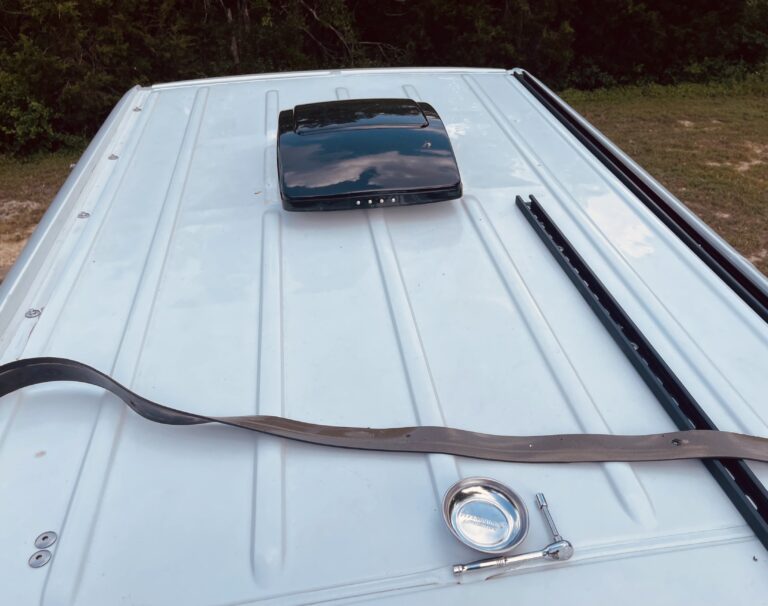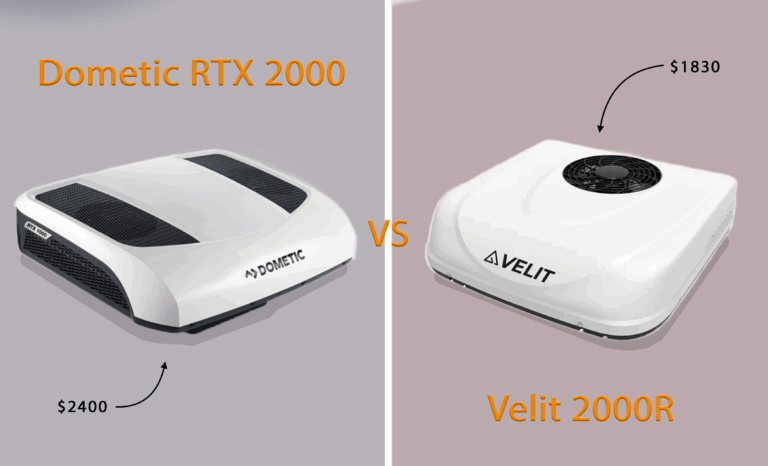Inverter vs. Inverter-Charger: What Van Lifers Need to Know
Inverter vs. Inverter-Charger: What You Need to Know for Your Van’s Electrical System
Setting up a reliable electrical system in your van means understanding the core components that manage your power. Two of the most important pieces of gear are the inverter and the inverter-charger—and while they sound similar, they serve different (but sometimes overlapping) functions. Let’s break down the difference and what key specs to look out for.
🔌 Inverter vs. Inverter-Charger: What’s the Difference?
Inverter:
An inverter converts DC (Direct Current) power from your battery bank into AC (Alternating Current) power—what most household appliances use. This is essential for running things like laptops, kitchen gadgets, or LED lighting when you’re off-grid. Think of the inverter as your gateway to “normal” power in a mobile setup.
Inverter-Charger:
This is a two-in-one device. It not only inverts DC to AC like a standard inverter, but it also acts as a battery charger when you’re connected to an external AC source (like shore power at a campground or a generator). This makes it a critical component if you plan to frequently charge your system from external sources. In many van builds, it’s a cornerstone of the entire electrical setup.
⚙️ Key Specs to Pay Attention To
When choosing an inverter or inverter-charger, make sure you understand these core specs:
- Voltage Rating:
This tells you what battery bank the device is designed for—typically 12V, 24V, or 48V. Your inverter must match your system’s voltage. For example, if you’re running a 12V battery bank, look for a 12V-rated inverter. - Power Output (Watts or Volt-Amps):
This is how much power the inverter can provide continuously. It’s typically expressed in watts (W) or volt-amps (VA). A 2,000VA inverter, for instance, can handle a substantial load—enough to power multiple devices at once or a high-draw appliance like a blender. - Charger Amperage (for Inverter-Chargers):
If you’re using an inverter-charger, check the charging amperage—this tells you how fast it can recharge your batteries when plugged into AC power. An 80-amp charger, for instance, can replenish your battery bank much faster than a 20-amp unit, assuming your batteries and wiring can handle it.
🛠️ Final Thoughts
Choosing the right inverter or inverter-charger isn’t just about wattage—it’s about building a system that fits your lifestyle and energy needs. Whether you’re staying off-grid for weeks or plugging in at campgrounds occasionally, understanding these devices will help you build a smarter, more resilient van electrical setup.






